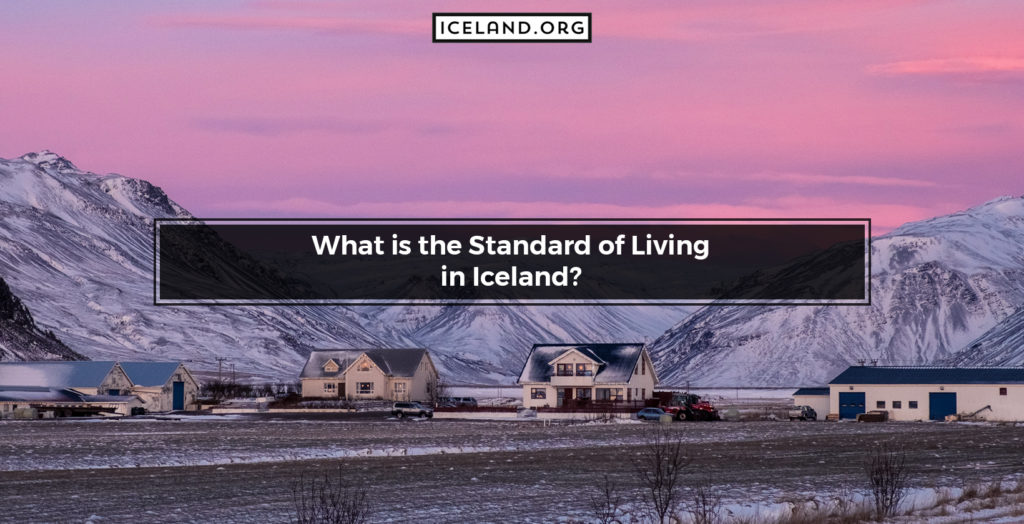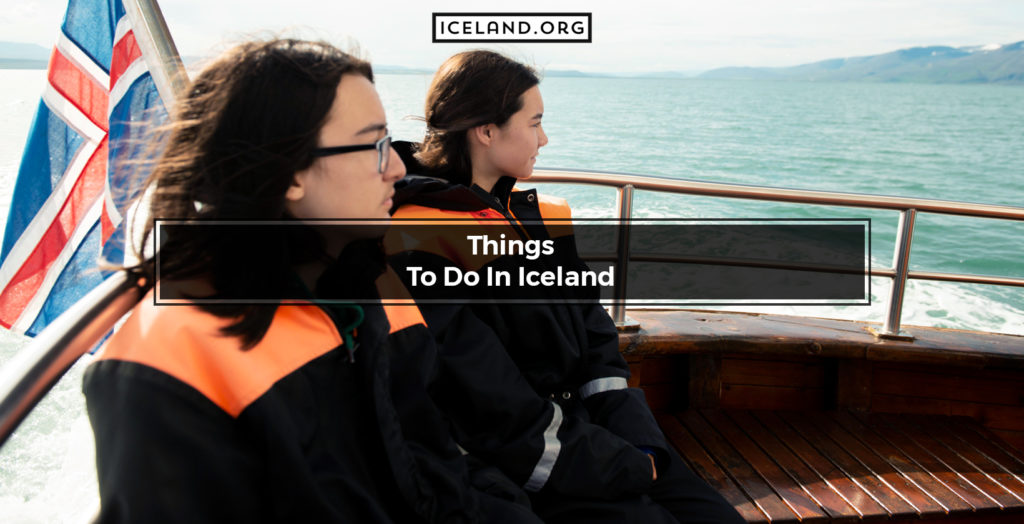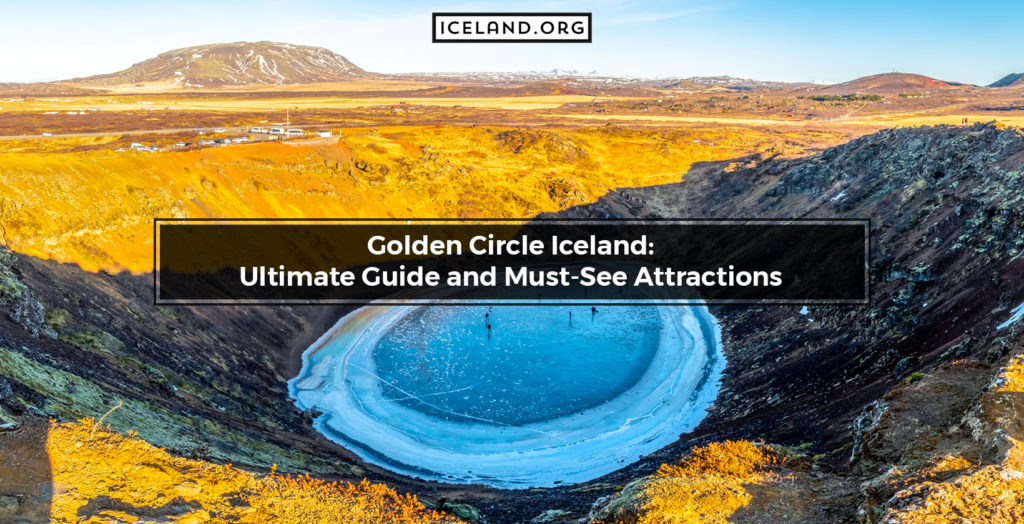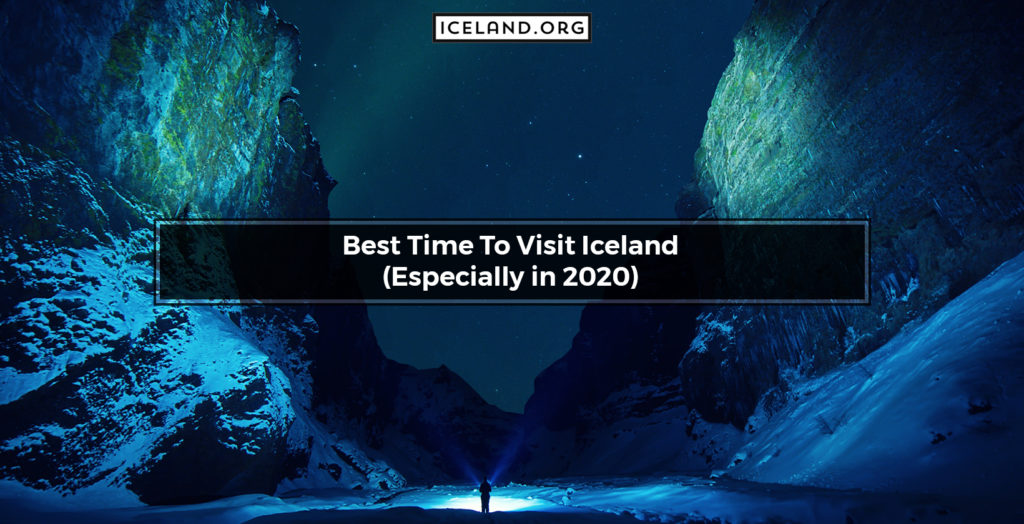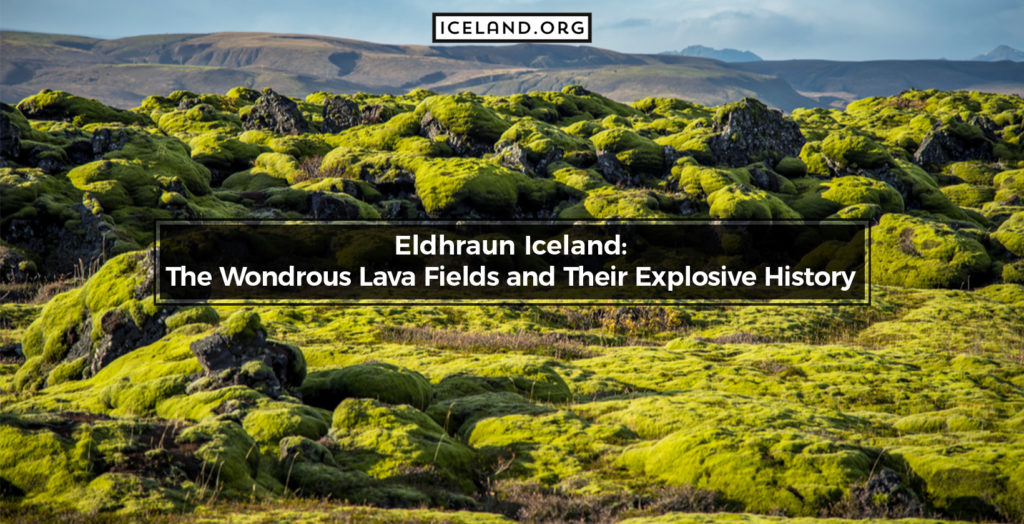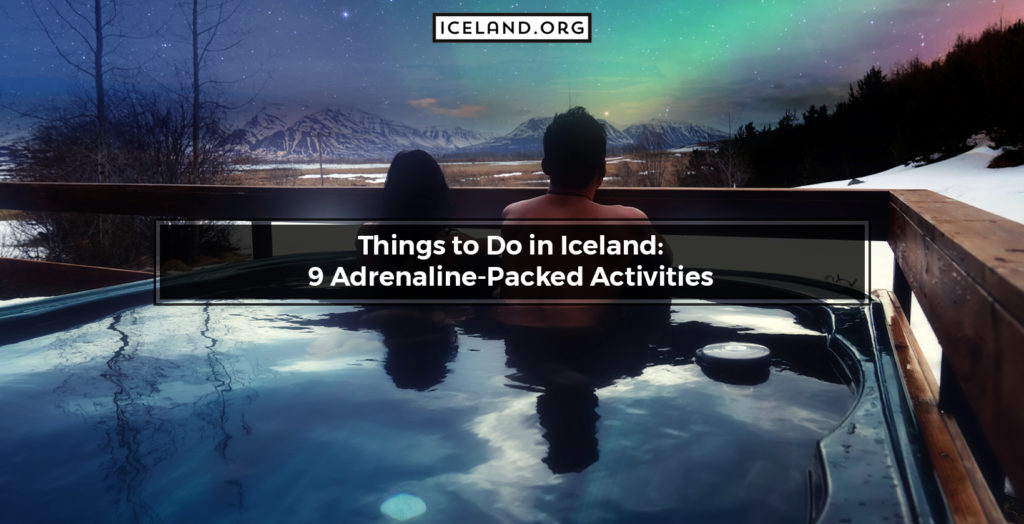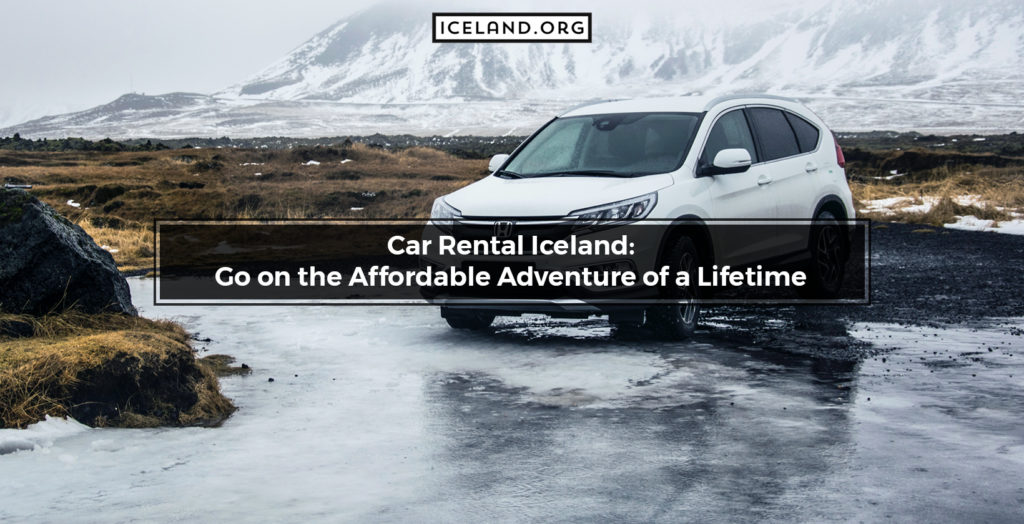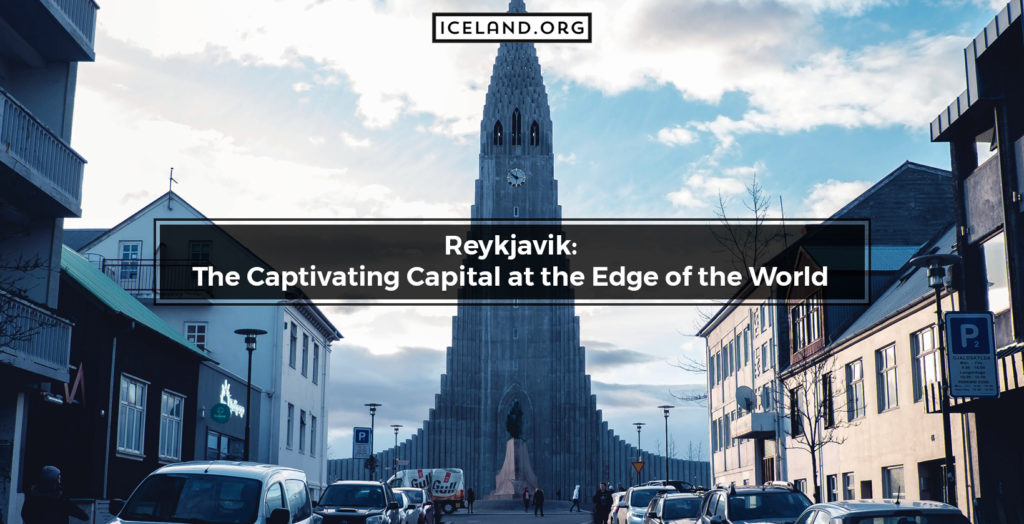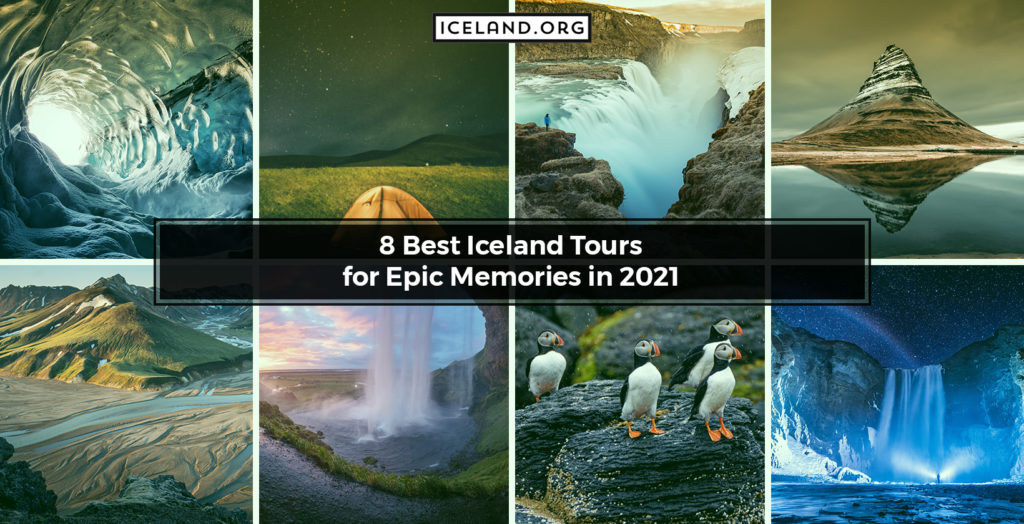Iceland is known for its high cost of living and is among the most expensive and one of the top countries in jobs and earnings. When it comes to income and wealth, Iceland has an above-average ranking. The minimal living expenses are $1600 per month (including housing, utilities, food, public transportation, and leisure activities). We will provide more info on the living conditions and costs in iceland.
What are the Necessary Expenses in Iceland?
Iceland’s cost of living is disproportional – food can be pretty expensive, mainly if imported, while electricity and heating bills are meager. Here is a short overview of the expenses:
Food expenses in Iceland: $383
Utility expenses in Iceland: $112
Housing expenses in Iceland: $766
Leisure activities expenses in Iceland: $230.
Considering that the average monthly salary is $3278 (after deduction), the necessary expenses are well-balanced.
What is Food Cost in Iceland?
The cost of foods in Iceland depends on whether they are imported or local. For example, you can get a traditional meal (including meat, potatoes, and salad) for between $25 and $40, while a small Coca-Cola bottle (0.33ml) costs almost $3, and the same amount of imported beer costs $7.67. The overall daily food costs are around $30.
Cooking at home and shopping at local grocery stores can help save money on food.
What is the Average Utility Cost in Iceland?
The utility cost in Iceland for one month for an average-sized apartment is around $112, and this includes electricity, heating, cooling, water, and garbage. Using the Internet costs $69 per month and the mobile tariff for one minute is 16 cents.
What is the Housing Cost for a One Bedroom Apartment in Iceland?
The housing cost in Iceland with included utilities starts from $766 and above. In the capital city, Reykjavik, renting a one-bedroom apartment in the city center costs $1370, while a three-bedroom apartment will set you back for almost $2100.
For apartments outside the city center, the monthly rents are $1180 and $1835, respectively. If buying one square meter in the center costs $4340 and outside the center, $3373.
Alternatively, the cost of staying in some of the best hotels in Iceland like Island, Cabin, or Odinsve starts at $100 per night.
What are Clothing Costs in Iceland?
Clothing costs in Iceland vary between the capital and other towns and between shops. However, the average prices include $193 for leather shoes, $143 for Nike sneakers, $113 for a pair of regular jeans, and $50 for a woman’s dress.
How is Childcare in Iceland?
Childcare in Iceland is subsidized for children from the age of one. At the age of two, the cost decreases, and it is free after the age of six when children start attending preschool. Based on provider and neighborhood, the daycare services vary, and despite being subsidized, they still cost around $500 per month (food and diapers included). The kindergarten fees are between $190 and $270 per month (8 hours a day, five days a week, and had food).
Is Iceland Safe to Live?
Yes, the low crime and murder rates are why Iceland is considered one of the safest countries in the World. This country holds this record for three years in a row – 2018, 2019, and 2020.
Iceland has the lowest homicide rates in Europe (in 2019, there were 0.3 murders per 100.000 inhabitants or, in simpler terms, only one intentional homicide). That same year, there were 3476 reported thefts.
Sexual violence is the only area where Iceland records more criminal activity than other European countries. However, this is probably due to the exaggerated trust in the criminal justice system.
Is There Racism in Iceland?
Yes, there is racism in Iceland. Some racism incidents are better described as ignorance rather than actual racial prejudice. However, others are real racism issues and warrant proper addressing.
How are the Public Transportation Conditions in Iceland?
The main transportation in Iceland is the car (private and taxi). Town transportation is regulated by bus services while traveling from one town to another is best done with airplanes and domestic flights. Public transport options are limited, with no trains, metros, or rideshare companies like Uber and Lyft available. However, city bus tickets are relatively affordable compared to expensive taxi fares.
Luckily, the bus network is quite extensive and allows convenient movement. However, it is pretty expensive – a monthly pass costs $104.1. If using a taxi, the minimum fare is $5.30 and $2 for each additional kilometer. Making the taxi driver wait will set you back $61.30 per hour.
If you want to visit or leave Iceland, you have two options – to travel by air or water. Interestingly, there are no trains and railways in Iceland.
How are Market Prices in Iceland?
The shopping cost in Iceland varies between markets. However, the average prices for some everyday items include – $3.30 for a loaf of bread, $1.38 for one liter of milk, $5.28 for a dozen eggs, $13.2 for a kilo of local cheese, $2.76 for a kilo of apples, and $11.3 for a pack of cigarettes.
Iceland’s best places to shop are 10-11, Bonus, Kronan, Iceland, Netto, and Hagkaup. Bonus and Cronan are best if shopping on a budget. At the same time, 10-11 holds heftier price tags but offers a variety of random items and works 24/The shopping bags are free in all supermarkets and grocery stores (unlike in most European and US countries where you need to bring your own or pay).
How is Iceland’s Education System?
Education in Iceland is organized in a four-level system. The first level (preschool) is mandatory for children aged 1 to 6 and features subsidized fees. The second level is called compulsory – it is also mandatory for children between 6 and 16 years and is entirely free.
The third level, upper secondary education, is intended for students that finished the compulsory school (usually age 16-20), and except for one private school, it is also free. The fourth level is higher or university education. All students with completed upper secondary education are university candidates, and they only need to pay registration fees (there are no tuition fees in public universities).
Iceland is at 13th place in reading, 12th place in maths, and 22nd in science in world education rankings. In 2016, with a literacy rate of 99%, Iceland was the third most literate nation on Earth.
How Does the Average Monthly Salary Affect the Cost of Living in Iceland?
Iceland’s economy depends on fishing, aluminum smelting, and tourism. Fishing and aluminum smelting used to be the two economic pillars. However, today, Iceland’s main export industry is tourism.
Tourism growth is a vital income factor, but on the other hand, it caused a huge increase in rent prices which can often be blown out of proportion for locals.
How Do Stunning Landscapes and Climate Affect Standard of Living in Iceland?
The climate of Iceland affects the overall standard of living because of its harsh climate, unpredictability, and constant turns between snowy, rainy, and windy. In Iceland, the climate is classified as cool-temperate, and despite the presence of four distinct seasons, it is chilly all year round.
This has a huge impact on the country’s fruit and vegetable production. Although Iceland has state-of-the-art greenhouses, it still depends on imported goods.
How is Standard of Living in Iceland Affected by Geography?
The geography of Iceland hugely impacts the standard of living. Its geographic position in the middle of the North Atlantic Ocean near the Arctic Circle results in a cold and windy climate. The rough terrains in the Highlands make most of its surface uninhabitable.
Because of Iceland’s small population, there is a lack of volume needed for competitive pricing, which keeps the prices of everyday goods high, contributing to the overall high cost of living in the country. On the other hand, the electricity bills are low because of the aluminum smelting industry, and the geothermal sources make energy almost free.
How is Social Culture Being Formed in Iceland?
The culture of Iceland is progressive and modern but respectful of its ancient Viking roots. The Icelander’s culture is marked by three things – art, literature, and food. Plus, Icelanders have their music genre – an unusual mix of pop and folk.
The Old Norse history of intertwined magic and mystery is still present in Icelandic culture. As amazing as it sounds, 45% of Icelanders believe elves are still roaming, and 7-8% are certain of their existence.
How is Entertainment Culture in Iceland?
The traditional entertainment in Iceland includes arts like weaving, wood carving, and silversmithing. There are various theatres, opera, symphony orchestras, museums, bookstores, and art galleries in the capital.
Seeing a performance at the National Theatre of Iceland costs $4.22, while the admission fee at the National Museum is $15.34 for adults, $7.64 for students and seniors, and free for children under the age of 16.
Additionally, Iceland’s natural beauty offers numerous opportunities for outdoor activities such as hiking, skiing, and swimming in natural hot springs.
Are People in Iceland Happy?
Yes, Icelanders are the happiest people on Earth. Iceland ranks in the top five happiest countries in the World for several years in a row. With a happiness index of 7.575, Iceland had the second most contented populace (topped only by Finland) in 2020.
Despite the decent incomes and low unemployment rates, the financial crash in Iceland (2008-2011) showed that money doesn’t buy happiness in the Nordic country. Namely, 40% of Icelanders were just as happy after the crisis as before, and 30% were even happier.
What is Religion in Iceland?
The main religion in Iceland is Christian – 80% of Icelanders are Lutheran State Church members. In accordance with the Lutheran holdings, they believe God created the World and the people perfect and sinless.
In addition to the Lutherans, 5% of Icelanders follow different Christian denominations (the Roman Catholic Church and the Free Church of Iceland).
Finally, the traditional Norse religion (Ásatrú) registers another 5% of the population. Ásatrú is a contemporary paganism movement that strives to revive the ancient polytheism that worships the old gods and goddesses – Odin, Thor, Freya, etc.
How is the Architecture and City Structure of Iceland?
Featuring low towers and two or three-story buildings, the architecture in Iceland is low-rise. Traditionally the houses and small buildings are wooden-framed, with bright-colored walls and pitched roofs.
The most important historical building in Iceland and symbol of Reykjavik is the Hallgrímskirkja Church. Standing 74 meters tall, this Lutheran Parish Church is the tallest in Iceland and stands out from the otherwise low-rise architecture. It was designed by the Icelandic architect Gudjon Samuelsson in a Svartifoss waterfall inspiration.
Other important architecture sites and buildings include the Hofdi house (Reykjavik), the Einar Jonsson Museum (Reykjavik), the Bessastaðir (Alftanes), and the Norwegian house (Stykkishólmur).
How is Life in Iceland Compared to Developed Countries?
Life in Iceland is best described as expensive compared to other countries, developed, and peaceful. In world rankings, Iceland is third by median wealth per adult. Based on the United Nations Human Development Index, it was the fourth-most developed country in 2020. And it ranks first on the Global Peace index.
In terms of surface (103.000 sq. miles), Iceland is slightly bigger than Hungary and Portugal and smaller than Cuba. The GDP in Iceland in 2019 was 24.84 billion USD while it was 239.5 billion USD in Portugal, 163.5 billion USD in Hungary, and 103.1 billion USD in Cuba.
Compared to Hungary, Portugal, and Cuba, the unemployment rates in Iceland are lower (3.7% in 2020), while in these countries, they were 4.1%, 7.2%, and 3.87%, respectively, for the same year.
As mentioned, life in Iceland is expensive. For example, one small bottle of Coca-Cola costs $2.69. In the countries we are using for comparison, the same bottle costs $1.19, $1.55, and $1.81. A monthly public transit pass in Iceland costs $104.1, while in Hungary, Portugal, and Cuba, it costs $25.19, $41.30, and $12, respectively.
Is it Possible to Work in Iceland?
Yes, it is possible to work in Iceland. EFTA (European Free Trade Association) and EEA (European Economic Area) country members can live and work for three months. After that, they need visas or working permits and residential registration at the country’s national registry.
As a country that welcomes around 2 million tourists per year (six times its population), there are many job opportunities in the tourism industry in Iceland. Sectors like construction, healthcare, and IT are continuously hiring too. Other pillar industry branches include aluminum smelting, fish processing, geothermal, and hydropower.
